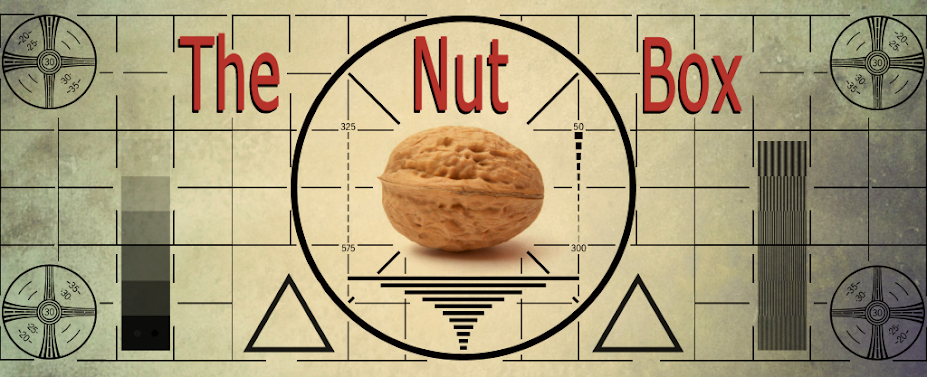Somewhere there’s someone who hasn't seen it, heard it or read it (it was a radio play and a novel before being turned into a show), so a quick synopsis: it’s the tragic tale of a regular Joe who wakes one morning to find his house is to be bulldozed that very day. The Joe is named Arthur Dent. Unbeknownst to Arthur, that particular toe-stub is small change in the galactic sense of the word because high above Earth hangs a Vogon ship with an even more destructive intent.
The Hitchhiker's Guide itself contains information to educate the galactic traveller and help them steer relatively clear of danger, or at the very least avoid the kind of embarrassing faux pas that taints even their unborn grandchildren. When read aloud it’s accompanied by cheap illustrations that appear to have been created on a two slice toaster powered by a potato; they somehow won an award. The voice is actor and radio broadcaster Peter Jones because if you’re going to give a book a voice it better be a damn good one. Quite often scrolling text extrapolates or expands upon what the voice is telling us. If you want to read it all you’ll need to make use of the pause button. It might seem like a chore at first but it's well worth the small amount of effort required. Stop being unfathomably lazy.
Everything has a very British parlance, so expect dry humour, comedy cynicism and cups of tea. At times it resembles a less tangential version of Monty Python's Flying Circus, particularly the episode which takes place at the restaurant.
If you're too busy to sit and watch a TV show, the radio play is equally as good and provides much the same experience minus the visuals, obviously.
6 episodes, approx 30 minutes each.
4 strange coincidences out of 5




